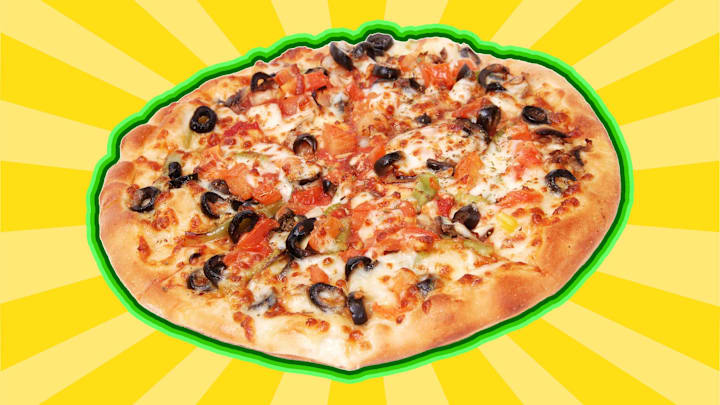Pizza is consistently ranked high among Americans’ favorite foods, and pizzerias are ubiquitous across the land. But who invented the delicious dish? It seems like a simple question, but the answer is more complex than you might think.
Some have connected pizza’s birth to the story of Queen Margherita of Italy’s visit to Naples in 1889, where Raffaele Esposito, chef of the restaurant Pizzeria Brandi, allegedly created a style of pizza and named it for her. That patriotic pizza combined ingredients in the colors of the Italian flag: red tomato sauce, white mozzarella, and green basil. But if Esposito helped popularize pizza by making it fit for a queen, there’s evidence that pizza existed much earlier. According to the book Pizza: A Global History by Carol Helstosky, French writer Alexandre Dumas references pizza in his travelogue Le Corricolo, published in 1843. To find the person responsible for the original pizza, we must reach further back in time.
Examples of flatbreads baked from leavened dough, and served with various toppings, can be found in the depths of history across the ancient world, including in Greece and the Middle East. A baked flatbread known as fiteer dates to ancient Egypt. Ancient Romans also have early claims to the pizza-like breads. A reference to a meal which sounds very much like pizza can be found in the Aeneid by Virgil: In Book VII, Aeneas and others enjoy a feast with “hard wheaten cakes as platters for their meal … heaped up with country fruits,” which are also referred to as “crusted disks.”
Is Modern Pizza an Italian or American Invention?
But we can at least say that someone in Italy invented pizza, right? Well, that depends on precisely how we define pizza. The Associazione Verace Pizza Napoletana publishes international regulations for Margherita and marinara pizzas. These traditional styles both contain dough and tomato sauce. Yet, today it’s common to find bianca (white) pies in which the tomato is omitted. Conversely, modern pizzerias may create a cheese-less version that a vegan or lactose-intolerant pizza fan can enjoy. And don’t get us started on whether pineapple goes on top.
What about American pizza specifically? For this more recent reimagining of the invention of pizza, details might be marginally easier to pin down. Some research suggests that an Italian immigrant named Filippo Milone opened a pizza joint as early as 1898 in New York City. It’s likely, according to scholar Peter Regas, that Milone established pizzerias in at least six locations. Two of them—John’s of Bleecker Street and Lombardi’s—still exist in Manhattan today.
In short, it’s impossible to point to a single person who can be entirely credited with inventing pizza, but we can thank some innovative entrepreneurs for popularizing particular pizza styles. Whichever style pie you most enjoy, there’s a rich history behind it.
